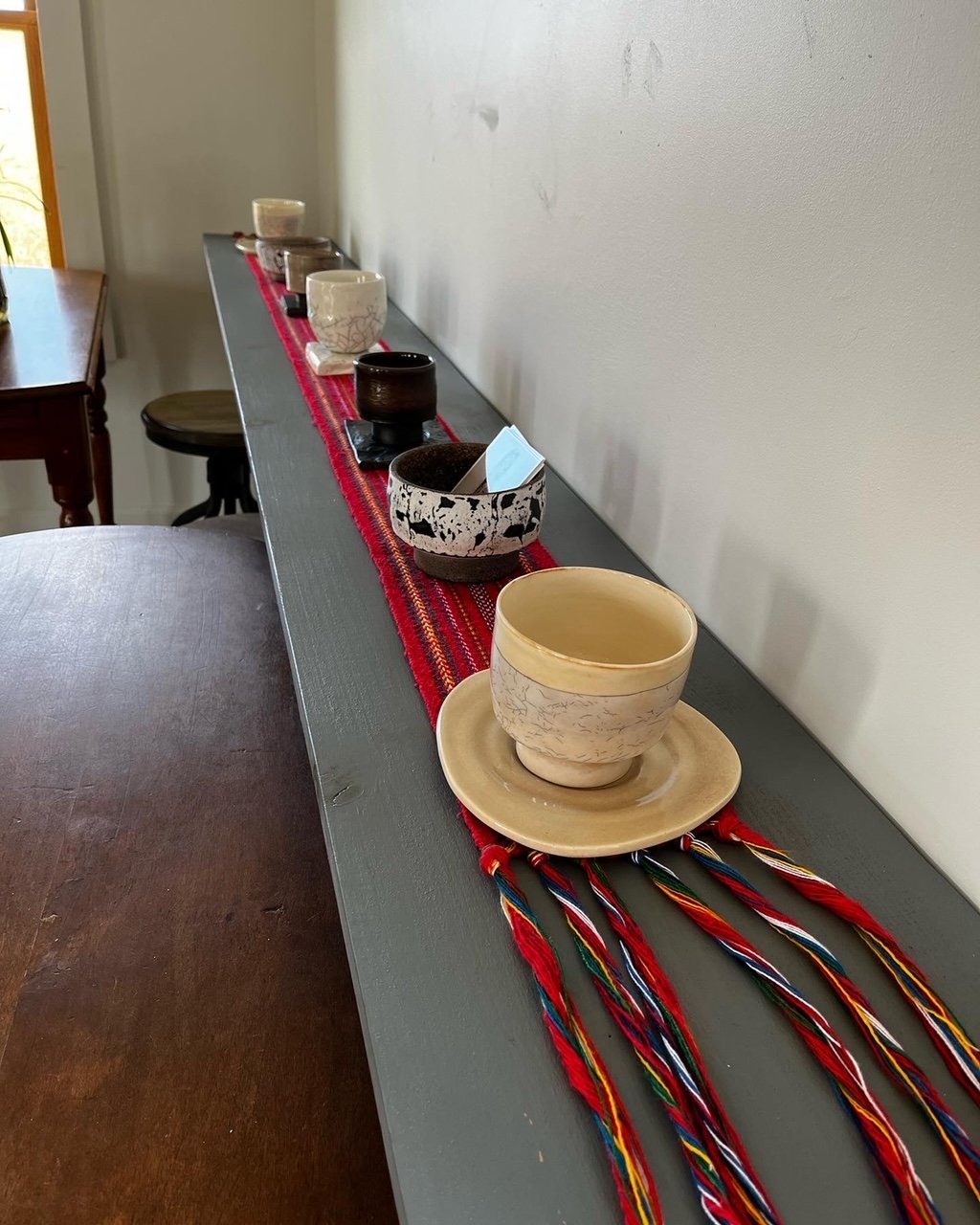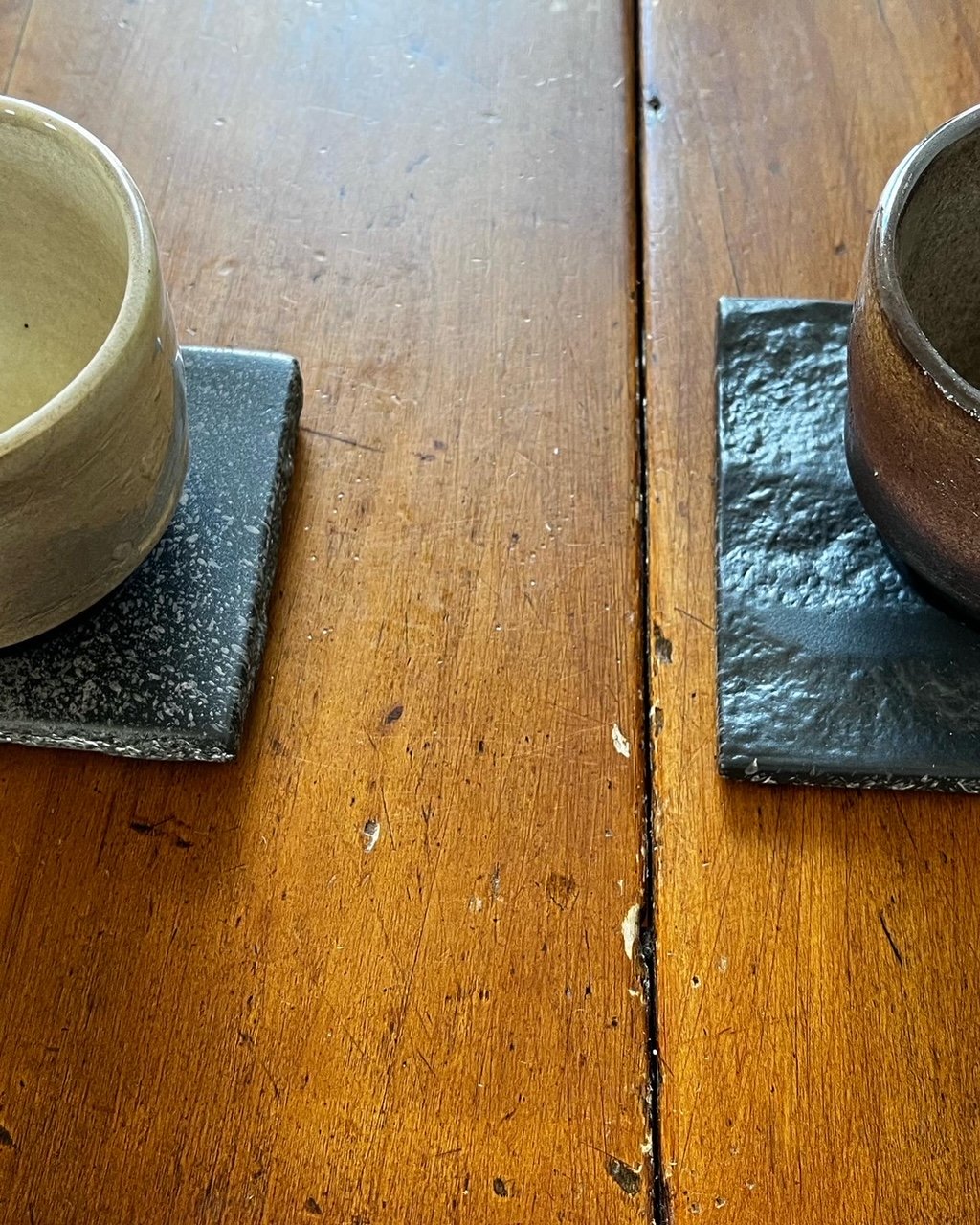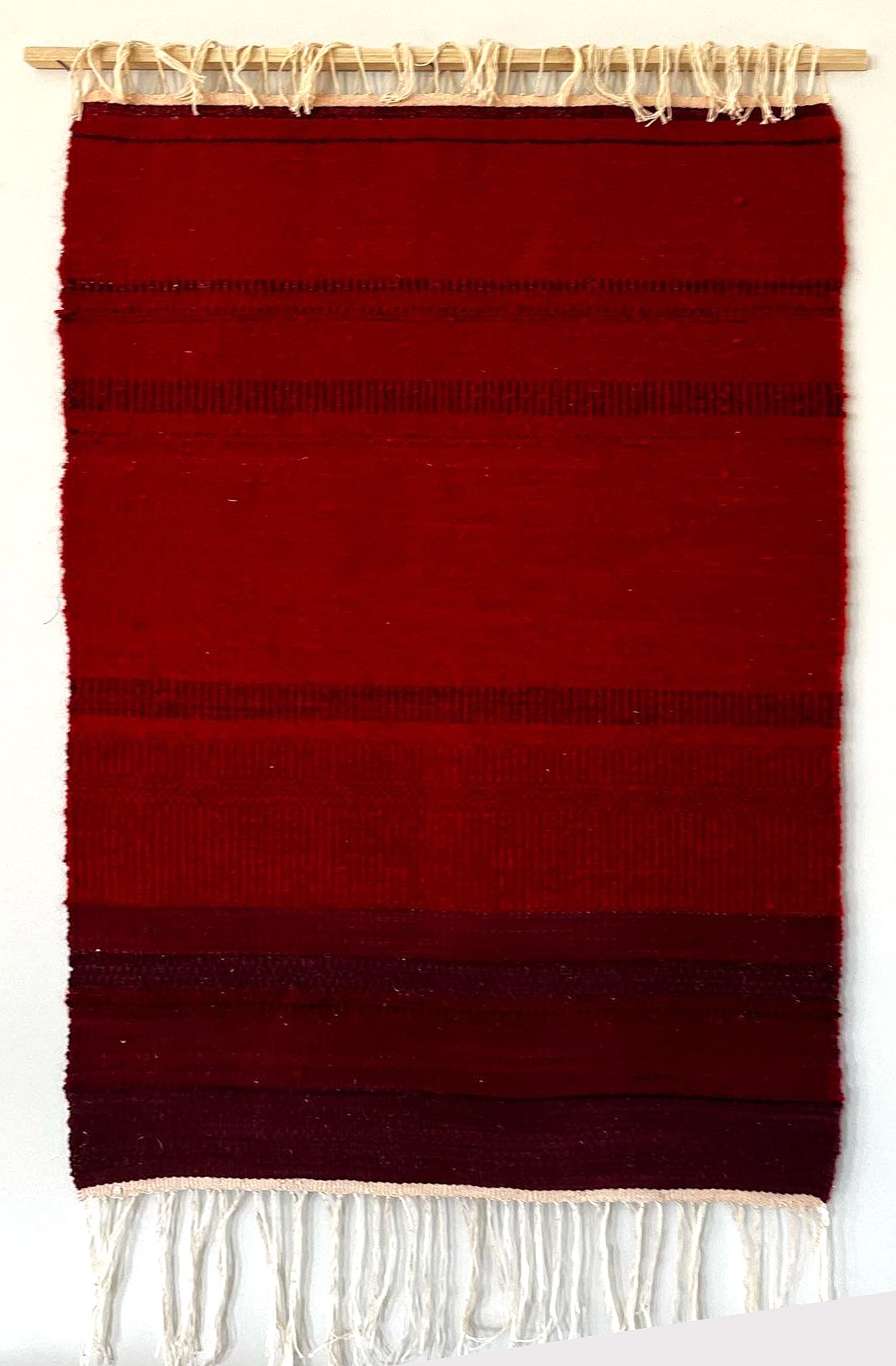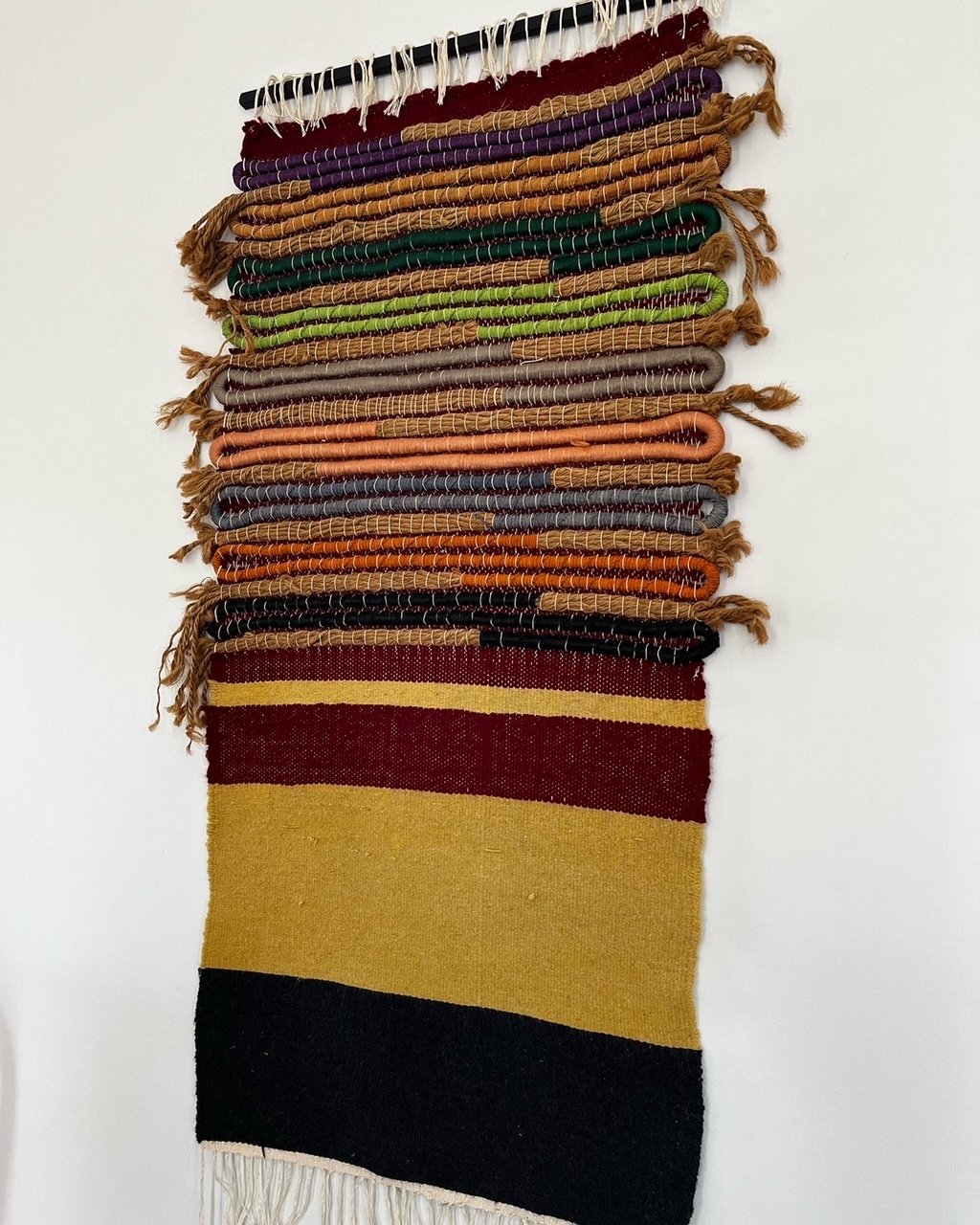OPENING RECEPTION
FORM AND FUNCTION: WE ARE THE VESSEL
We are the vessel of what we know. We are the open form that gets poured into by the Universe, by our environment, by one another. We are the vessel of creative life whatever shape that takes up.
We are the vessel in which imagination takes form. We shape our needs, we create our objects… whether useful or harmful, refined or raw, open or closed…. they all come out of the emptiness of being, each a gift coming into existence.
This exhibition of weaving and pottery represents different places and times. And the three collections have their own stories to tell from the Tea Bowls by Jeanne Claire Bisson of Romulus Craft, Washington, VT and the Rug Weavings by Diane Elliott Gayer, Burlington, VT to the 1940s collection of Clay Pots from the Southwest.
Each is an accumulation of knowledge, technique, and spirit. Each is an embodiment of the world from which it arose. Each carries overt and subtle meaning from the fibers found in each weaving to the clay used in each pot. The clays, pigments, shapes, patterns, firings, finishes, and actually uses affect the energy contained by each piece whether weaving or pottery.
Bisson’s Japanese-inspired Tea Bowls range from a beautiful white porcelain bowl with crackled glaze to the very wabi-sabi fire pit bowls with Ikuzi’s (her partner in Romulus Craft) special cosmic finish. To quote board member and potter Joan Watson:
“ these bowls break all the rules, they are heavy…"
And Jeanne’s response:
this is to bring you back to Earth, to remind you to slow down, accept the moment, and to feel the weight of what you hold in your two hands.
Gayer’s Weavings are a set of woven rugs based on travel and research into family heritage. Grandfather Fire and Mother Earth were inspired by trying to dig into family archives and papers; they became part of Spirit, Air, Fire, Earth, Water… which was previously shown in the Gallery. Grand Canyon is derived from a trek down the Canyon along the layers of geologic time; the shawl has a particular history—it is woven from salvaged skeins of yarn used by women to knit socks for soldiers in WWI; and Krokbragd (Crooked Path) is the most recent.
The southwestern Pueblo pottery on display at GreenTARA were gifts to a family living and working in Albuquerque, during the post WWII years of 1945-46, by Hopi and Santa Domingo associates. The pots themselves show traditions of the Zuni, Santa Ana, Acoma, Santa Clara, and Santa Domingo.
Form and Function: we are the Vessel. Please join us for an Opening Reception 4-6pm Friday, April 1, 2022.






